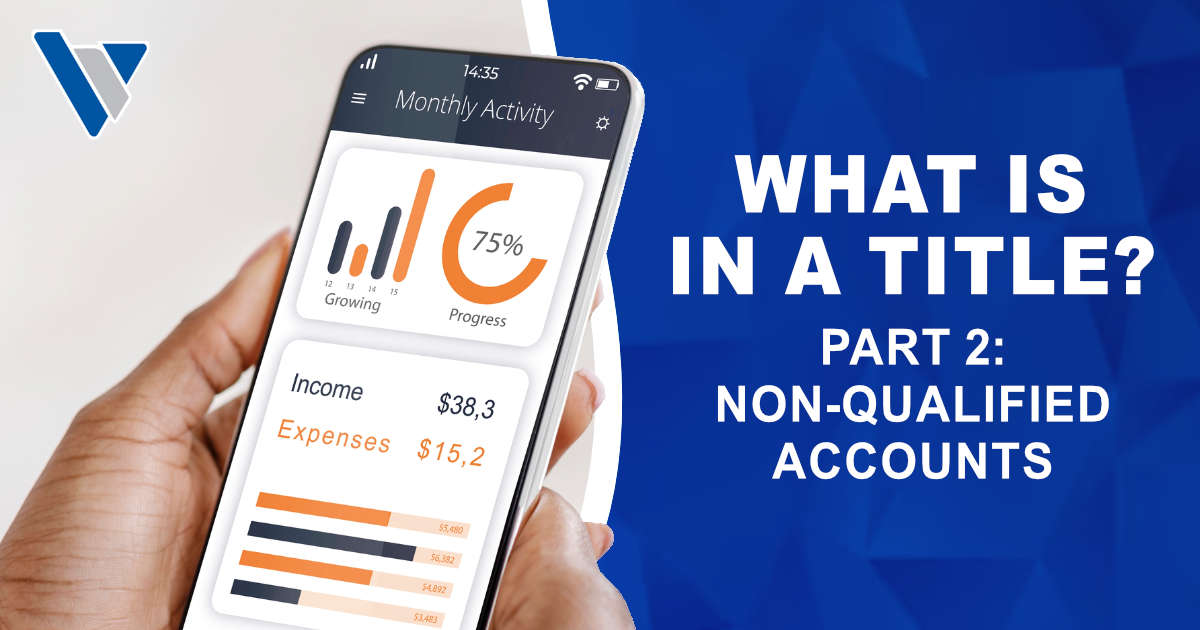In my last article, I discussed the importance of proper titles in regards to qualified accounts,...

Behavioral finance has become a much larger and more researched area of wealth management over the past decade. We must understand that removing emotions from finances is not realistic. However, understanding those emotions may save you a lot of heartbreak.
The reason I start off with that today is because too many investors ignore the most fundamental rule of investing due to fear. That rule is risk versus reward. If people would just remember that rule, they will not be THE target for scams and misleading advertisements (at best). Those scams and misleading advertisements are targeting the emotions of those that are either risk averse or greedy.
If you listen to talk radio, you have probably heard an advertisement for a risk free, or guaranteed, return of 9% on an investment. I don’t want to get into whether or not this is a good investment. I could only do that on a specific per person basis. However, I do want to focus on the misleading advertisement of 9% guaranteed, implying a risk free rate.
The risk free rate is generally considered the 3 month treasury rate, currently at approximately .23% as of 4/12/16. Please understand this simple rule; if it pays more than that rate, it is not risk free. Moreover, the more it pays over that rate, the more risk the investment has. Now there are many different types of risks, including, but not limited to, default, liquidity, term, and re-investment risk. A great example of this is bank CDs. CDs should be considered very low on the risk spectrum; however, a 5 year CD still has risk. This is why a CD with a 5 year term pays more than a CD with a 1 year term.
I know this is elementary for most but our emotions of either greed or risk aversion sometimes make us forget the very fundamental rule.
Why would a firm pay you 9% for a risk free investment if the current risk free rate is .23%? They don’t have to pay you 9%. They aren’t doing it to be generous. Their shareholders wouldn’t allow that. They are likely paying you 9% because they have to in order to get the average person to invest in that product considering the risks. The risk could be a very illiquid investment, a very long term maturity, a bonus rate that really is a loan and not a bonus, or a multitude of other reasons.
Our first thought when hearing an advertisement for some unusually high risk free or guaranteed return (use a CD rate as a benchmark) is that there is some trick to it. Why are they paying that much? Don’t be THE target and get tricked into an investment you don’t understand.
Always remember the relationship between risk and return. It may save you from being the target of a scam.
The opinions voiced in this material are for general information only and are not intended to provide specific advice or recommendations for any individual, nor intended to be a substitute for specific individualized advice.